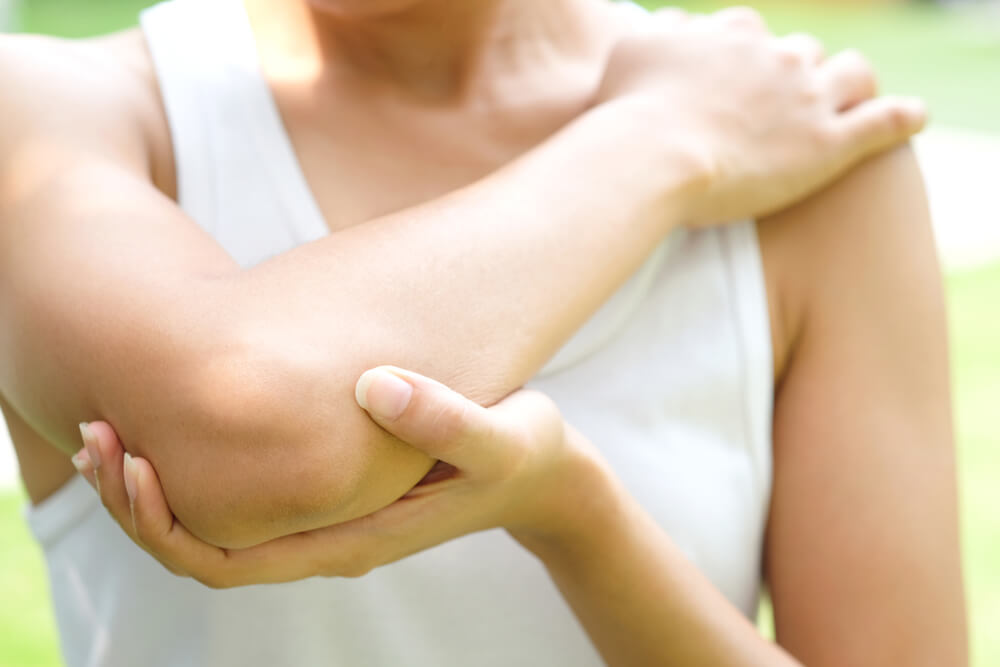If your outer elbow or forearm isn’t feeling great, then you may be dealing with an injury called tennis elbow. This condition is also known as lateral epicondylitis, and it’s typically the result of repetitive elbow movements and stress. There are several symptoms that you’ll notice if you have tennis elbow. Fortunately, several treatments for this condition are available from physical therapists in Warrenton, Missouri.
What symptoms will you notice with tennis elbow?
Pain is typically the most common symptom of a sports injury, and tennis elbow is no exception. The pain may be most noticeable when you grip objects or twist your forearm. For instance, you may feel an increase in your tennis elbow pain when picking up a glass from a table or twisting a doorknob. Swelling in the outside of your forearm or elbow is also a common symptom of this condition, and you may find that the area around the point of your elbow is extremely tender to the touch.
What physical therapy treatments for tennis elbow are available in Warrenton, MO?
Physical therapists in Warrenton have many treatment techniques that can be helpful when treating tennis elbow. For example, trigger point therapy is one technique that can be helpful for this condition.
Also called myofascial release, this technique involves releasing tension from fascia, muscles and other soft tissue where tension has built up, and areas where tension has built up in soft tissue are called trigger points. Using their hands, physical therapists can find trigger points and perform movements intended to release the tension in them. The release of tension can also help reduce your tennis elbow pain.
Other therapy techniques that can also be used to treat tennis elbow include:
Find effective tennis elbow treatment at Excel Sports & Physical Therapy
Excel Sports & Physical Therapy has a clinic in Warrenton, and our team here can help you treat tennis elbow and many other sports injuries. We’re able to help people with different issues for two reasons. For one thing, we have many therapy techniques at our disposal, and the other reason is that we can combine multiple therapies to create a personalized plan to target your injury.
Are you ready to find relief from sports injury pain? Contact our team today for more information or to schedule an appointment.

